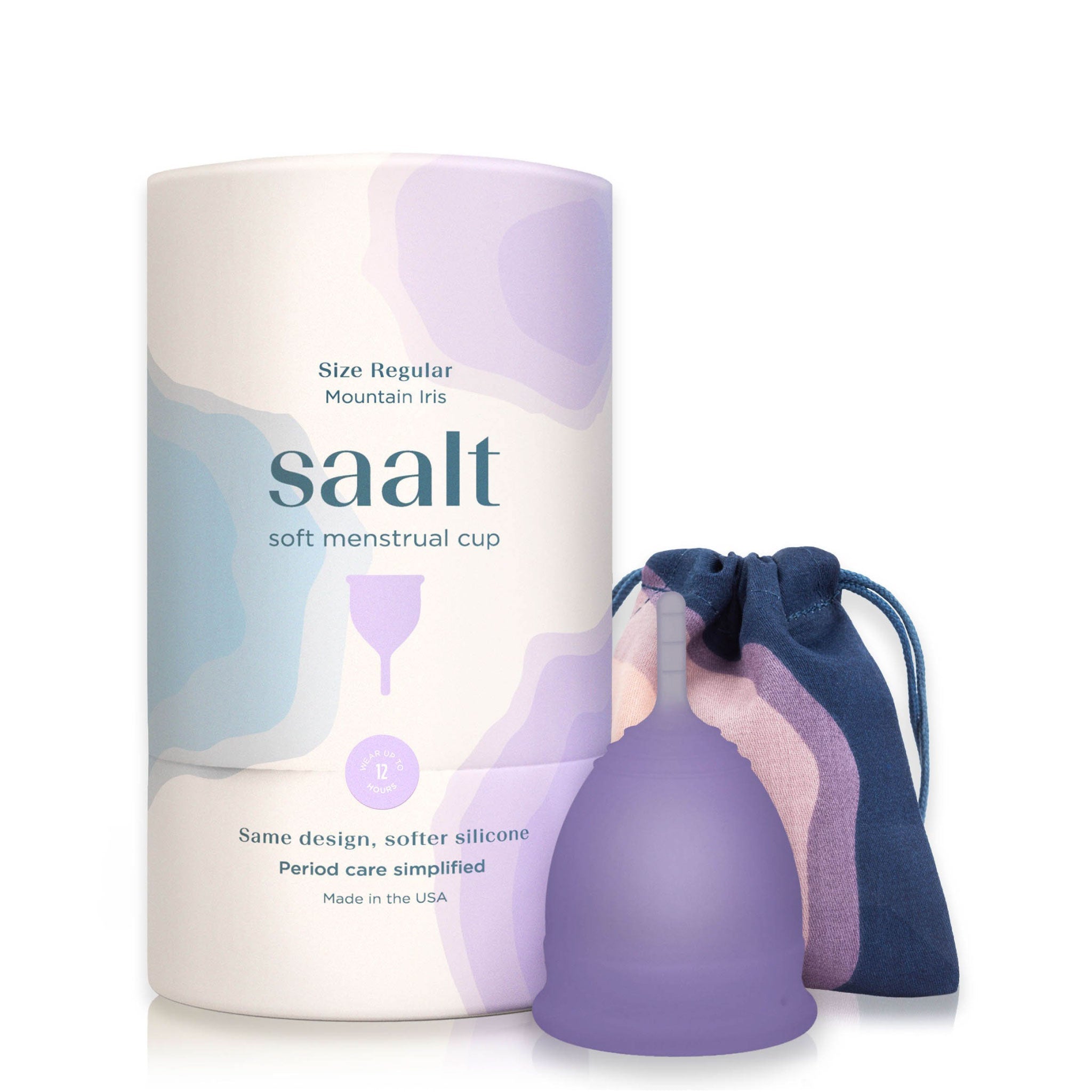Innovation in sanitary products is not exclusive to the 21st century. Menstrual cups may seem new to the feminine hygiene game, but actually the first patent for a cup-like product was filed back in 1837. The Hockert Catamenial Sack was a medieval contraption that included a belt with a cup attached (with wire) to be inserted into the vagina. All we can say is thank goodness it (and future iterations) never took off!

Patents for variations of external pouches continued to be filed throughout the rest of the 1800s and the beginning of the 1900s. (See the *ahem* creative patents in detail in this video.) The most well-known early iteration of the menstrual cup was designed by actress Leona Chalmers in 1937. This cup had a familiar stem, nice rim, was foldable, and sat properly inside the vagina. The Chalmers cup did not catch on before latex shortages during WWII caused the company to close. (Cups were previously made of rubber as opposed to the silicone used today.) The Chalmers cup was relaunched in 1950, but because societal views were against using an internal contraption, touching blood, and other taboos, the company went bankrupt.

The period cup we know today comes in a variety of sizes, lengths and widths, but the design is similar—a silicone, tapered cup with slight ridges on the sides and a stem for grip. It is soft, flexible and easy to fold. A menstrual cup is also easy to clean, either by rinsing with mild soap and water and/or boiling. The cup is designed as a less wasteful alternative to tampons and pads. All you need to do is fold it up, shove it up (nicely ha!), have it catch all, dump it out, and rinse it. After a cleaning, it can be re-inserted and used for up to twelve hours.
Period care should be simple and natural. Saalt was created with freedom in mind—freedom for girls and women around the world to live their lives without interruption from a lack of period products. The Saalt Cup was designed to reduce the dependence on disposables from an environmental standpoint of course, but mostly for those without access to consistent period products.
One menstrual cup saves you money as it can last (if cared for properly) for up to ten years. That's ten years without a monthly trip to the drugstore and money in your pocket. It's also ten years of no stress about period products for women in developing nations. Menstrual cups are a straightforward way to care for yourself during your period. We're thanking our lucky stars to live in a day and age with amazing options for period care and nothing to stop us.





